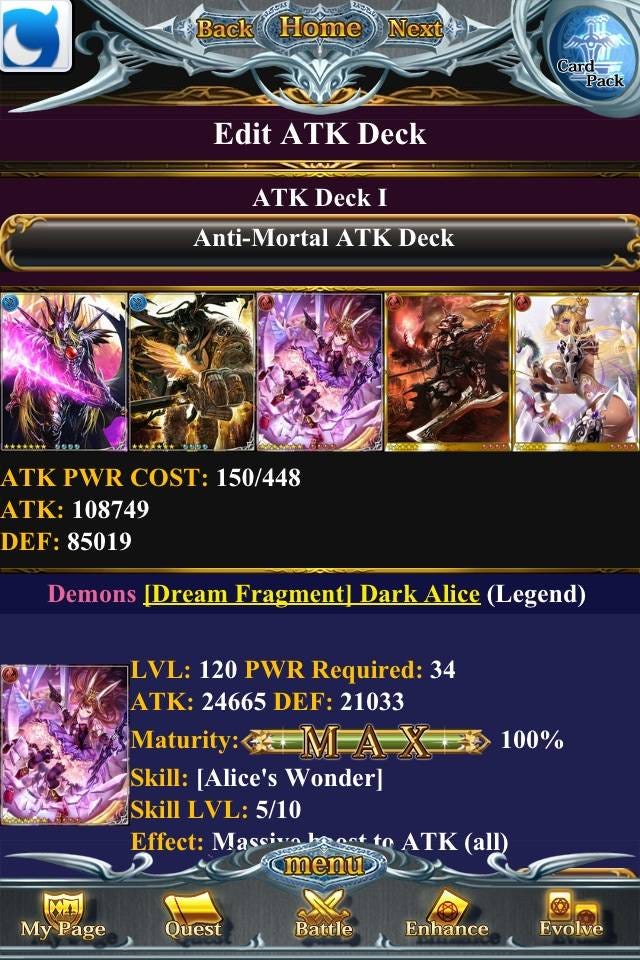Why Mobile Games Need a Strong "Heartbeat"
Introduction
Humans require a heartbeat to live. The heart pumps blood including essential nutrients throughout the body to sustain life in a regular cycle and rhythm.

Similarly, mobile games in particular require a similar concept of a "heartbeat" in order to sustain an audience and user interest in a regular cycle and rhythm.
This is especially true for mobile games where retention curves often go straight down. In this post, I claim that having a strong heartbeat can determine the success or failure of a mobile game and illustrate specific points to create games with stronger heartbeats.
So What Defines a Strong Heartbeat?
Having a strong heartbeat should be something a game designer or producer instinctively feels and just understands. Playing through a game, you should be able to have a natural feel for the lack of "something" that otherwise would lead to higher retention and user engagement.
The heartbeat itself doesn't address the core mechanics in a game, but will help to strengthen the game's grasp on a user's attention and latent anticipation for the next gameplay session.
What is this "something" that gives a strong heartbeat? Although more art than science, I break down a strong heartbeat as follows:
Clear objectives
Strong incentives
Appropriate and regular pacing
Let's go over each in turn...
1. Clear Objectives:
Users at every point in the game should know exactly what their next objective is. Am I trying to clear a level? Is there a new sword I'm trying to buy? Am I trying to defeat a specific boss monster? Am I trying to complete a collection? Am I trying to exact revenge? etc.
Although game objectives can differ between different games, in all well designed mobile games the next specific objective or objectives should be very apparent to the user at all times.
Messaging and surfacing objectives to the user can be accomplished in a number of ways. For example: clearly depicted progression maps showing how far a user has advanced in the game, a prominent level/experience bar, your character becoming more powerful and looking more bad-ass, a GvG battle timer, a prominent PVP beat down message, etc.
As a game designer you need to specifically design and message these objectives to users. Again, you should design what the user is trying to grasp for at all points within the game and make sure the user knows it too.
Example: Candy Crush Saga
Objective = Map progression and beating friends

Here both a PVE objective to clear more levels and thereby unlock new puzzles as well as a light PVP objective to beat your friend's progression is clearly conveyed to the user.
Further, not only should the objectives be clear but how to achieve those objectives; there should be a clear path. In other words, the user flow to do "objective X" should be easy to understand and the UI should make it easy for the user to achieve.
Example: Clash of Clans

The core loop in Clash of Clans has been designed to be very easy to understand, the UI highlights and makes the next action obvious, and the loop is very tight: Attack -> Make Money -> Buy X -> Attack.
Counter-Example: Rage of Bahamut

In this case... not so clear what to do next.
2. Strong Incentives:
By doing "action X", the user needs to feel that the reward will be worth it. There needs to be a strong incentive for achieving the objectives: more power, new content, over the top visual animation, etc.
In card battle games, one of the key draws to retaining and engaging users are the frequent loot drops and the ability to convert those drops into increasing the power of the user's existing cards.
In city building games, the anticipation of buying or upgrading a building to unlock new units is a powerful incentive to keep grinding.
In PVP games, the incremental advancement in power to beat someone who just defeated you can be very powerful depending on how strong the rewards and losses are
Besides the reward itself, the user needs to feel that the actions they are doing will lead to something valuable. So the reward in general should be:
Perceived by the user as valuable and worth their time
Understood by the user (if the user doesn't realize they are getting the reward it misses the point)
Incrementally frequent
Example: Marvel: War of Heroes

In the example above, the incentive to upgrade is clearly depicted and messaged to the user. We know that once we get Hawkeye to Fusion S Rare he's going to have 4 full yellow dots (whatever that actually means) and he's gonnna have badass lightning in the background obviously depicting much greater card power. Similarly, She Hulk (above Hawkeye) is gonna be able to bust through walls and shit once she's SS Rare. You get the point.
Finally, the rewards need to come frequently enough to properly incentivize the core game loops and let the user feel progress towards their clearly messaged objectives. It just needs to "feel right" where users feel "good" about continuing to invest time into the game. However, the rewards should not be too much where it feels too cheap after the initial set of rewards or users progress too quickly in the game.
3. Appropriate and Regular Pacing:
Just as rewards should be appropriately paced, there needs to be an overall pacing and rhythm of game events to make the user feel that they are progressing and investing into the game. Further, the regularity of the "heartbeat" makes the user feel as if there is a life to the game and updating/newness occurring.
The types of regular anticipated events often include:
Level up
Loot drop
Upgrade
New Building
Power-up
PVP actions
GVG actions/events
Social event (e.g., social raid boss, competition, etc.)
etc.
Example from Immortalis:

How Do I Use this Concept In Practice?
I recommend testing your game for a strong heartbeat through play testing at different points in the game.
As you play, just ask these simple questions as you play through (e.g., just after tutorial and then every few minutes playing):
What's my objective? Is it clear?
How do I achieve my objective? Is it easy to understand and navigate?
What happens when I achieve my objective? Is it rewarding enough?
Finally, think about the pacing. Are the objectives and rewards appropriately paced?
The ideal buildup is to cause your user to desire X, work for X, cause user increasing stress while working for X, and then release the stress once X is achieved. Over and over in a regular rhythm.
Conclusion
In this post, I give the reader an alternative lens to evaluate the attractiveness of their game using the metaphor of a heartbeat. I claim that the requirement for a strong heartbeat is especially true for mobile games in particular due to typically poor user retention and engagement characteristics on mobile devices.
Breathe more life into your game by carefully thinking through and then acting on the concepts discussed!



